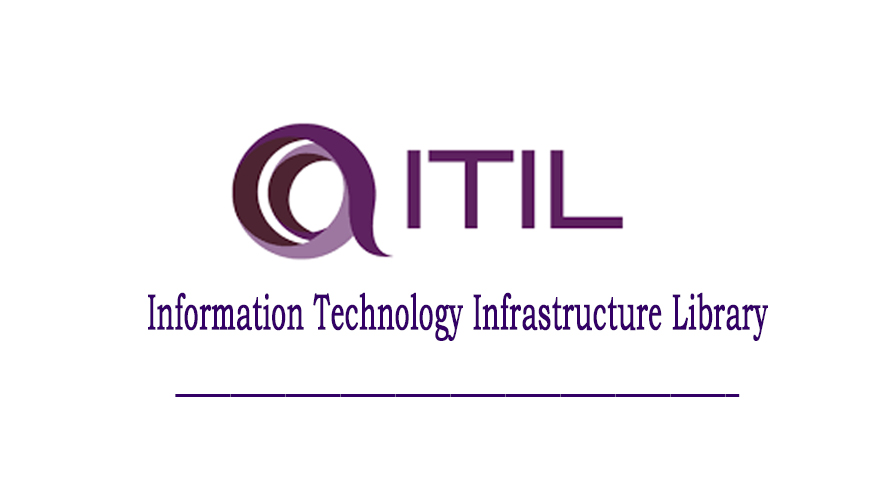Tutoring is critical in assisting children to attain academic achievement. A good teacher is capable of not just delivering knowledge but also of developing connections with their students. There is, however, always space for development, and even the finest teachers may improve. This essay will provide suggestions for making good instructors even great. Tutors may customize learning, employ interesting teaching approaches, regularly analyze and change, cooperate with other slough tutors and teachers, and establish strong connections with their students by using these practices. Finally, the purpose is to provide a helpful and effective learning environment in which students may fulfill their academic objectives.
Build A Strong Relationship With Students
Building a solid relationship with pupils is one of the most important aspects of effective tutoring. Slough Tutors may establish a comfortable and safe learning atmosphere by getting to know students on a personal level, encouraging students to ask questions and discuss their problems. Spend time getting to know kids on a personal basis. Inquire about their hobbies, interests, and ambitions, and show genuine interest in their life.
Be personable, empathic, and patient to establish rapport and trust. Respond to kids’ needs and concerns, and be ready to answer inquiries and provide help. Set clear expectations and boundaries, develop a routine, and foster a positive learning environment to create a comfortable and safe learning environment. Tutors can generate opportunities for pupils by developing good relationships with them.
Create A Comfortable And Safe Learning Environment
Creating a comfortable and safe learning environment is essential to fostering a positive relationship between tutors and students. Clearly communicate your expectations for behavior and participation, and establish boundaries that ensure a safe and respectful learning environment for everyone.
Praise students for their accomplishments and efforts, and use positive language to motivate and encourage them. Address challenges constructively: When challenges arise, approach them in a constructive and non-judgmental manner. Focus on solutions and offer support and guidance to help students overcome obstacles.
Encourage active participation: Encourage students to participate actively in the learning process by asking questions, engaging in discussions, and offering feedback. Create a welcoming physical space: Ensure that the physical space where tutoring takes place is comfortable, well-lit, and free of distractions. By creating a comfortable and safe learning environment, tutors can help students feel confident and motivated to learn, leading to improved academic performance and greater overall success.
Use Real-World Examples And Scenarios
Using real-world examples and scenarios is an effective way to engage students and help them see the practical applications of the concepts they are learning. Find examples that relate to students’ interests: Use examples that are relevant and interesting to students, such as examples from their favorite sports, hobbies, or movies.
Use current events to help students see the real-world applications of the concepts they are learning. For example, use news articles to illustrate economic principles or scientific discoveries to illustrate scientific concepts. Use examples from the workplace to help students see how the concepts they are learning apply to real-world jobs and careers. Use case studies to help students see how real-world organizations and individuals have applied the concepts they are learning.
By using real-world examples and scenarios, tutors can help students connect the concepts they are learning to the world around them, making learning more meaningful and engaging.
Continuously Assess And Adjust
Continuously assessing and adjusting is an essential aspect of effective tutoring. By regularly evaluating student progress and adjusting teaching methods as needed, tutors can ensure that students are making progress towards their academic goals. Establish clear learning objectives and regularly assess whether students are making progress towards those objectives.
Use formative assessments, such as quizzes, homework assignments, and classroom discussions, to evaluate student understanding and adjust teaching methods as needed.Be flexible in your teaching methods and be willing to adjust your approach based on students’ individual needs and learning styles. Regularly solicit feedback from students and parents to ensure that their needs are met and identify improvement areas.
Keep records: Keep records of student progress and use that data to inform your teaching methods and identify areas for improvement. By continuously assessing and adjusting, tutors can ensure that they provide the most effective instruction possible, leading to improved academic performance and greater overall student success.
Conclusion
In conclusion, effective tutoring requires a variety of strategies and techniques to create a supportive and engaging learning environment that empowers students to achieve their academic goals. By building strong relationships with students, creating a comfortable and safe learning environment, using real-world examples and scenarios, and continuously assessing and adjusting teaching methods, slough tutors can personalize learning, engage students, and help them make progress towards their academic goals. Ultimately, the goal is to create a positive and effective learning environment that fosters student success and empowers them to reach their full potential. By implementing these tips, good tutors can become even better, creating a lasting impact on their students’ academic and personal growth.





